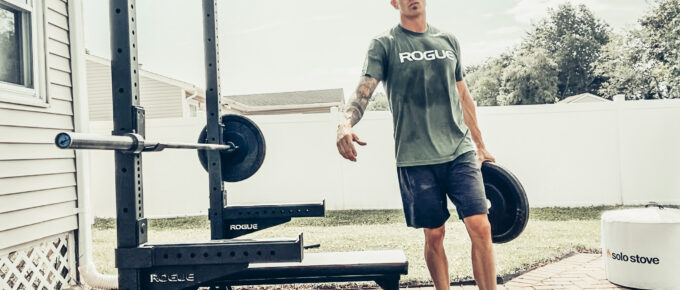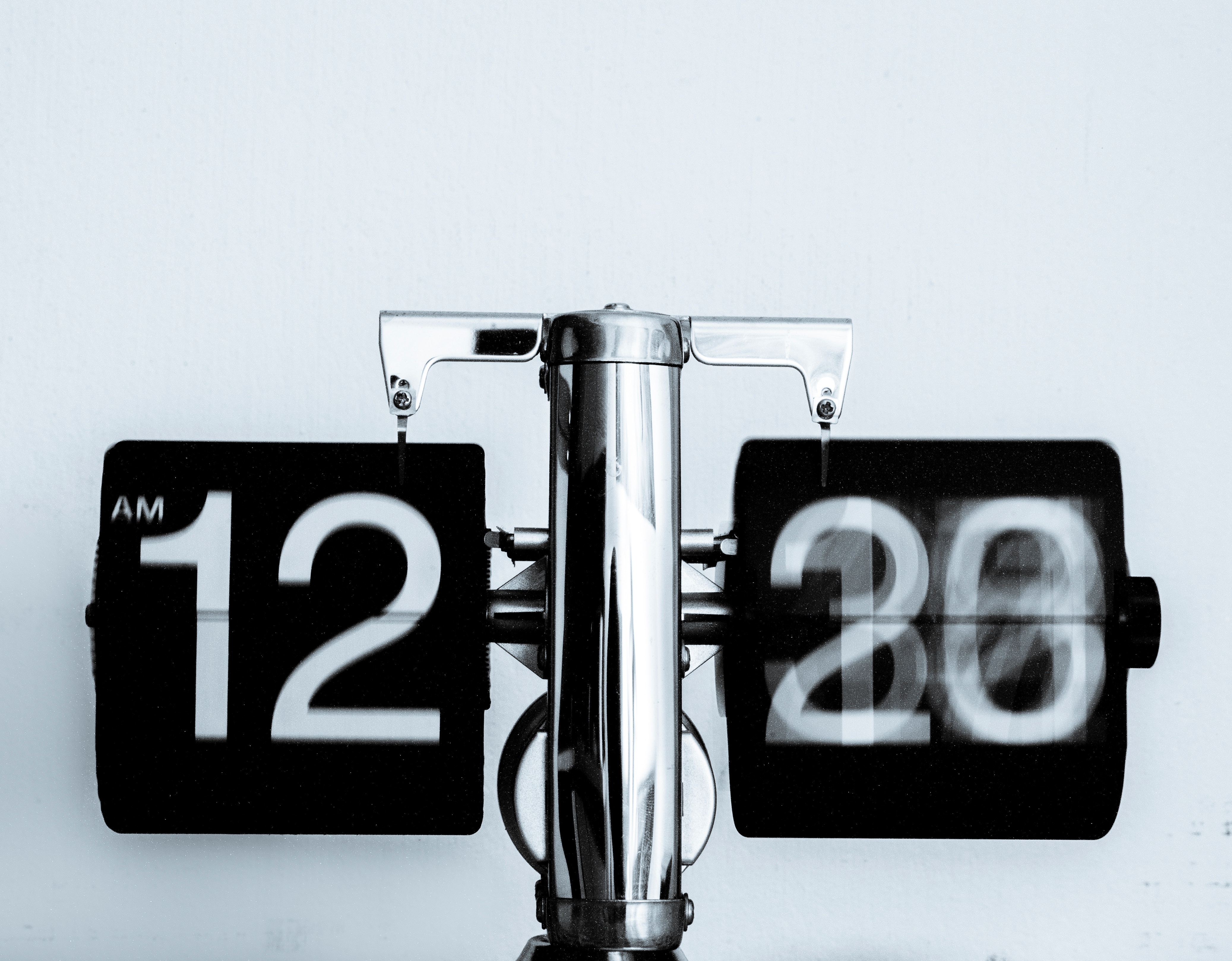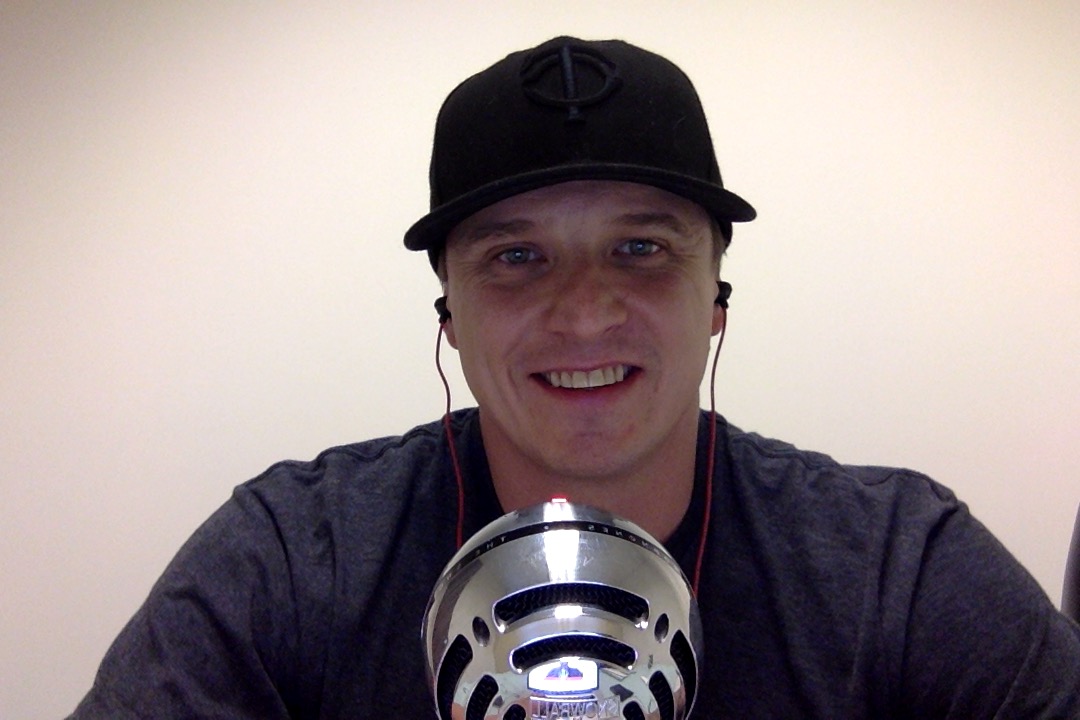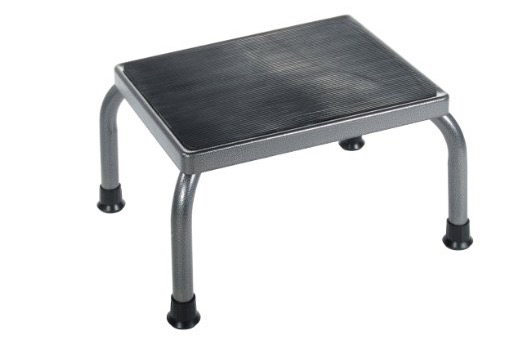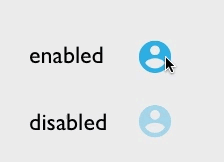If you approach meetings with the end in mind, you can do almost any meeting in 15 minutes. I changed the default meeting length in Google calendar to 15 minutes (here's now). This has given me …
Continue Reading about The 15-Minute Meeting: Change Your Workday, Change Your Life →

